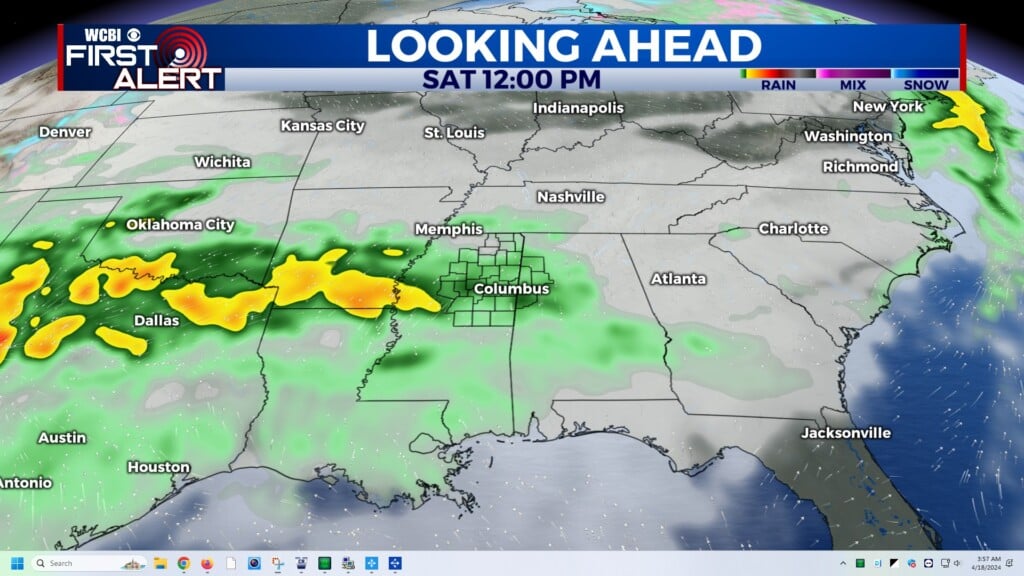Minorities report paying higher bank fees than whites
In a recent nationwide survey, black and Hispanic bank customers reported facing higher monthly fees than white customers typically do. A wide body of research suggests they’re right.
Whites reported paying $5 a month in bank fees, which includes overdraft penalties and ATM surcharges, while blacks reported paying $12 a month and Hispanics $16 a month, according to personal finance firm Bankrate. Almost 80% of white bank customers said they face no fees, compared with 59% of Hispanics and 60% of blacks who said so.
Mark Hamrick, senior economic analyst at Bankrate, said the fees facing minorities has more to do with their income than their race or ethnicity. “People who have less in the way of financial means are more likely to have overdraft fees,” he explained.
Trending News
The survey findings – although based solely on participants’ responses – mesh with academic and industry studies about who pays more to maintain their bank account.
A 2016 analysis by University of Michigan and New York University researchers of more than 1,300 banks found that the average cost of maintaining a checking account was $262.09 higher for Latinos, $190.09 higher for blacks and $25.53 higher for Asian-Americans when compared to white customers. Consumers in predominantly white neighborhoods also generally require lower checking account balances to avoid fees compared with people in minority areas.
“These results are even more troubling when considered alongside racial inequalities in income and wealth— not only are black and Latinx areas served by more expensive banks, but they are home to poorer residents,” said Jacob Faber and Terri Friedline, the authors of the study.
Another 2016 study by Pew Charitable Trusts found that people of color represent an outsized share of heavy overdrafters, defined as those who incurred more than $100 in overdraft and insufficient fund fees in a year. Blacks and Hispanics accounted for 19% of heavy overdrafters even though they were only 12% and 17% of the population, respectively, Pew said.
The most frequent bank account overdrafter has less than $300 in the account, has a 560 credit score and is in his or her late 30s, according to 2017 federal data. A different federal study also found that most customers think bank fees are too high and should be assessed only once and not for each individual negative transaction.
In search of a “safe” bank account
One way customers of all races can avoid fees is to switch to “safe” bank accounts — checking accounts offered by some banks that feature no fees, said Jonathan Mintz, CEO of the Cities for Financial Empowerment Fund.
Mintz said his organization tracks and certifies banks that offer safe accounts and the option is growing. He pointed to a 2017 report that showed Bank of America, JPMorgan Chase, U.S. Bank and Wells Fargo opened 1.3 million new customer accounts that didn’t assess fees.
“That means there’s really a market for [bank] accounts that are not susceptible to the kind of data that’s in the Bankrate report,” Mintz said.
Having a bank account is really important for low-income Americans, Mintz added, because it’s the foundation to building a strong financial future. Meanwhile, “Not being banked or leaving the banking system because you’ve been burned by fees means that you really don’t have the first fundamental step,” he said.
Customers who believe they’re paying excessive bank fees should also devote time to finding and switching to institutions that don’t charge, Hamrick said. It may take a while, but customers “would be able to eliminate a huge part of these fees if they were to take the time,” Hamrick said.





Leave a Reply